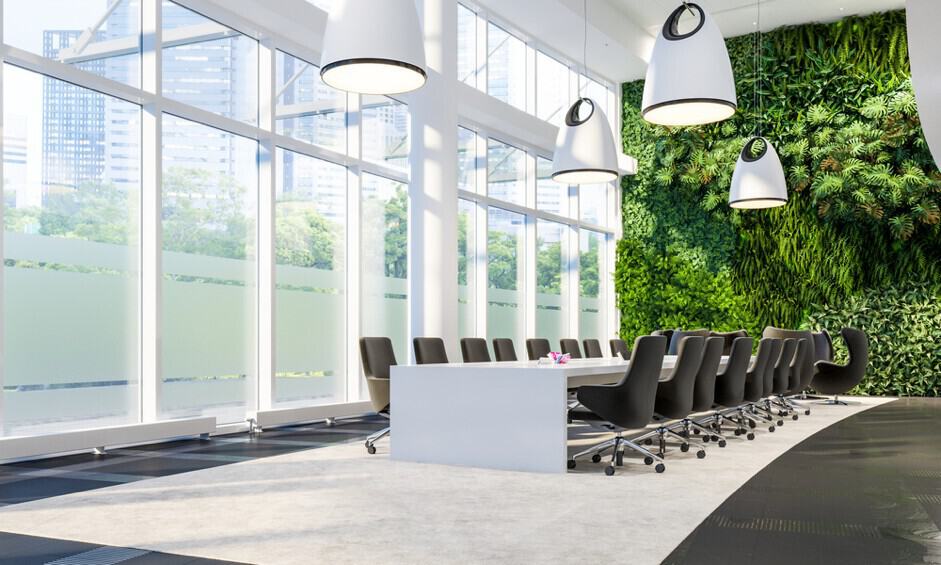Solar panel windows, indoor vegetable gardens complete with a compost cycle, an in-office gym – these things sound like the dream of an idealised fantasy world wherein nature and humanity coexist peacefully, but they may be closer to reality than we think. It’s no longer enough for workplaces to offer a recycling bin beside the rubbish bin and give employees only one break in an eight hour day. Rising global standards of sustainability are forcing everyone not just to decrease waste, but to eliminate it entirely, in all its forms. Here’s are some of the changes you should be expecting in your workplace in the future.
Printer Predestination
There are plenty of existing programs for recycling easily decomposed materials like paper and cardboard, but did you know you can recycle HP printer cartridges? The Close The Loop program for printer parts creates a variety of new recycled products – leftover ink and plastic can be turned into pens, leftover toner is made into roads that are actually better than asphalt, and the metals and plastics can be extracted and broken up to be reformed into something better than waste in landfill. The big benefit here is that this program results in zero waste, which is the ultimate goal of sustainability.
Green Gardening
Just recycling paper and cardboard isn’t enough anymore – not when easily compostable food waste like banana peels and tea bags are still ending up in landfill. Future workplaces will offer compost options for kitchen waste, as well as a place to use the newly made fertiliser.
The days of plastic plants giving the illusion of an elegant office are over – real plants in the workplace offer a range of benefits, including absorbing sound pollution and cleaning the air. Human beings breathe in the oxygen that plants expel, and we breathe out the carbon dioxide that plants absorb, making plant-life a must-have in any place where people will gather. Intra-office gardens will bring sustainability to the workplace by using waste as its created to form compost, which can then be used to fertilise new plants. Imagine picking fresh cherry tomatoes right off the vine!

Lively Light
Your big office building may be filled to the brim with green gardens, but the external structure offers more opportunities for sustainability. Pairing solar panel windows with an office designed to use daylight as its primary light source will not only save electricity, but will generate it. Using electric lights with eco-friendly bulbs as only a secondary backup to natural light on dark days and nights, is the goal for a self-sustaining workplace.
Worker Worries
Sustainability isn’t just about waste either – a happy workplace, full of employees who are happy to be there, is far from an unattainable goal. Workplaces of the past have been detrimental to the health of employees – bad chairs have led to back problems, and digital eye strain is a growing concern amongst people who spend all day in front of a computer screen.
Workplace sustainability includes offering safer work-practises, and solving these past problems. On-site gyms and in-house masseuses will lead to a happier team, who will think, feel, and work better. Open-plan offices will become the norm for encouraging teamwork and collaboration, and before long, all workplaces will prioritise their employees over their bottom line, and the bottom line will be all the better for it.
The fantasy of a functional office garden and a clean planet may not be as far off as we think. Many of these innovations are already used in workplaces across the world. If this is what the future holds for workplace sustainability, then the future is looking very bright indeed.

